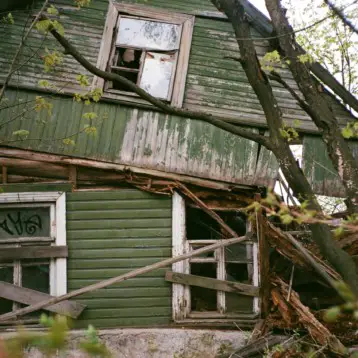In the 1980s, scientists noticed that at the start of spring in the Southern hemisphere, a region of heavily-depleted ozone was appearing over the South Pole and Antarctica – this is now known as the “ozone hole,” even though it’s not strictly a hole. We have since discovered that chlorofluorocarbons (CFCs) used in refrigerators, air conditioners and aerosol cans in years gone by, as well as other chlorine- and bromine-containing compounds, are to blame for hacking away at the ozone layer – most notably over Antarctica, but also over the rest of the world.
Icon image credit: NASA










